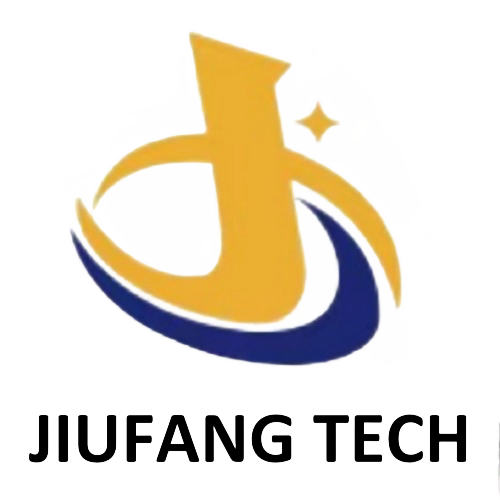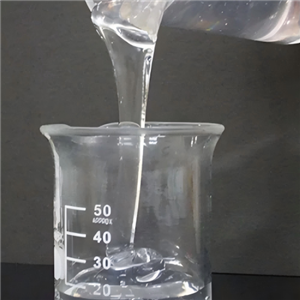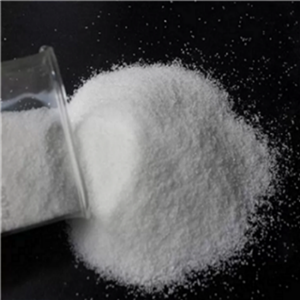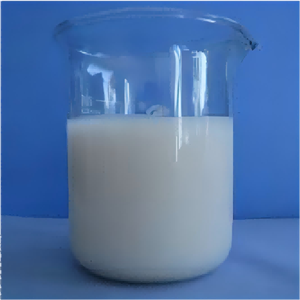HLB Value: The Key Indicator of Hydrophilic and Lipophilic Characteristics of Surfactants
The following are some specific cases of HLB value selection for nonionic demulsifier emulsion dewatering:
Case 1: Crude oil dehydration using demulsifier for separating
1). Situation description: The crude oil extracted from a certain oilfield forms a stable water-in-oil emulsion. The crude oil contains a relatively high proportion of heavy components and has a large viscosity. The water phase is formation water containing a certain amount of salt and the acidity and alkalinity are close to neutral. The demulsification process is carried out at room temperature by static sedimentation.
2). HLB value selection analysis: For this water-in-oil emulsion formed by heavy crude oil, a nonionic demulsifier for separating with a lower HLB value needs to be selected. Considering the high viscosity and heavy components of crude oil, a demulsifier additive compositions with an HLB value between 3 and 6 is more appropriate. Such a demulsifier for separating has strong lipophilicity and can interact better with the oil phase, penetrate the surface of oil droplets to destroy the emulsified film and promote the aggregation and separation of oil droplets. Since the water phase contains a certain amount of salt, but the acidity and alkalinity are close to neutral, it has little influence on the HLB value of the demulsifier for separating. In this case, some nonionic demulsifier for separating with polyether as the main component can be selected and the appropriate HLB value can be obtained by adjusting the structure and molecular weight of polyether.
3). Actual effect: After experimental screening, a nonionic demulsifier for separating with an HLB value of 4.5 was selected and good results were achieved in the crude oil dehydration process. The oil-water stratification speed is fast, the separated water is clear, and the water content in crude oil is significantly reduced.
Case 2: Industrial wastewater treatment using demulsifier additive compositions
1).Situation description: Industrial wastewater discharged from a certain factory contains a large amount of emulsified oil, forming an oil-in-water emulsion. The acidity and alkalinity of the wastewater are slightly acidic and the temperature is relatively high. The wastewater needs to be treated to achieve oil-water stratification for subsequent wastewater treatment and oil recovery and utilization.
2). HLB value selection analysis: For oil-in-water emulsions, a nonionic demulsifier additive compositions with a higher HLB value should be selected. Considering the acidity and high temperature of the wastewater, a demulsifier additive compositions with an HLB value between 12 and 16 may be more appropriate. Such a demulsifier additive compositions has strong hydrophilicity and can maintain good stability in acidic water phase and still effectively play a demulsification role at a higher temperature. Nonionic demulsifier for separating with more hydrophilic groups such as hydroxyl and ether bonds can be selected, such as fatty alcohol polyoxyethylene ether demulsifiers. At the same time, in order to improve the demulsification effect, some adjuvants such as flocculants can be considered to promote the aggregation and sedimentation of oil droplets.
3). Actual effect: A nonionic demulsifier emulsion dewatering with an HLB value of 14 was selected and used in combination with an appropriate amount of flocculant for wastewater treatment. After treatment, the oil content in the wastewater is significantly reduced and the oil-water stratification effect is good, creating favorable conditions for subsequent wastewater treatment and oil recovery and utilization.
Case 3: Using demulsifier emulsion dewatering in food processing industry
1).Situation description: In the food processing process, some processes will produce emulsion wastewater containing grease, which needs to be demulsified. The acidity and alkalinity of the wastewater are close to neutral and the temperature is low. The demulsifier emulsion dewatering is required to be non-toxic, environmentally friendly and cannot affect the quality and safety of food. 2).HLB value selection analysis: Due to the special requirements of the food processing industry, a non-toxic and environmentally friendly nonionic demulsifier emulsion dewatering needs to be selected. For this situation, a demulsifier emulsion dewatering with an HLB value between 8 and 12 may be more appropriate. Such a demulsifier can effectively demulsify and meet the special requirements of the food processing industry. Some natural nonionic demulsifier such as soy lecithin can be selected. These demulsifiers have good biodegradability and safety, and also have a certain demulsification effect.
3). Actual effect: Using soy lecithin with an HLB value of 10 as a demulsifier to treat food processing wastewater. After treatment, the oil content in the wastewater is reduced and meets the discharge standard and at the same time, it does not have any adverse effects on the quality and safety of food.
Jiufang Tech is a focused customizing demulsifier manufacturer, we can supply demulsifier appropriate for various properties crude oil.Not only do we supply demulsifier, but we can provide the related technical support for the end users.





